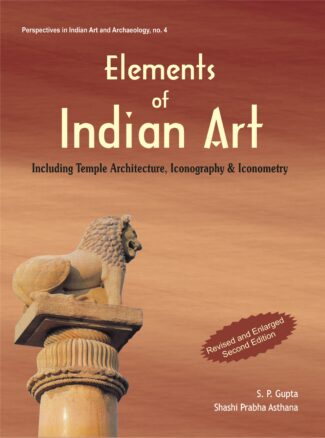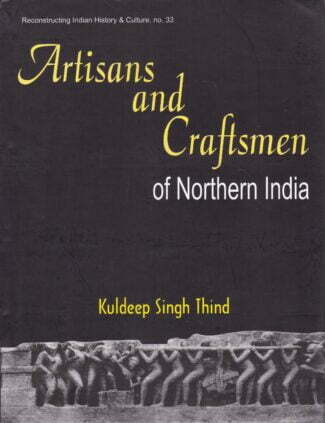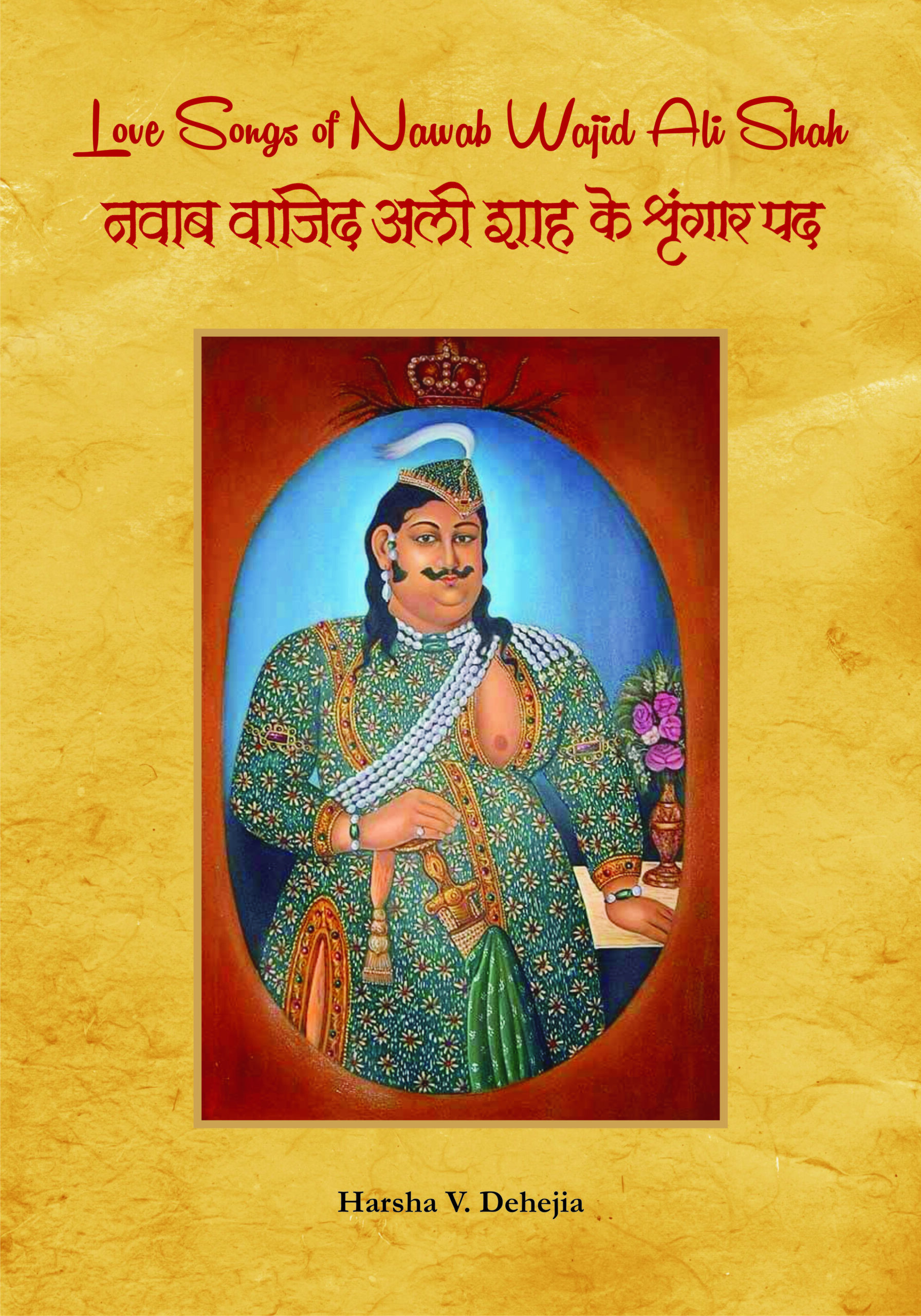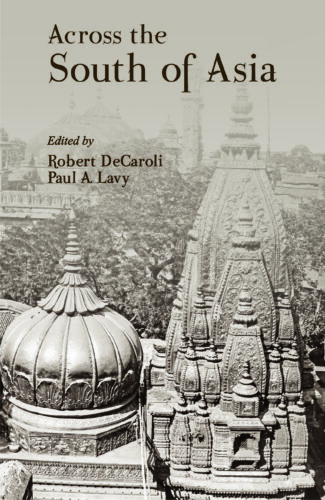-


Buddhist Iconography...
Buddhist Iconography in the Butsu-zo-zui of Hidenobu
by: Anita KhannaThe book presents the Buddhist iconography as depicted in the Butsuzo-zui Buddhism adapted in Japan with the collections of icons divided into five parts. It introduces the amalgamation of Buddhist and the native Shinto deities, a unique feature of Japanese Buddhism.
₹990.00
ISBN: 9788124605424
Year Of Publication: 2010
Edition: 1st
Pages : xiv, 234
Bibliographic Details : 825 line-drawings; Indices
Language : English
Binding : Hardcover
Publisher: D.K. Printworld Pvt. Ltd.
Size: 29
Weight: 1100
The volume presents the Buddhist iconography of Japan as depicted in the Butsuzozui, a collection of iconographic sketches of various Buddhas that falls under the genre of Zuzo collections of iconic drawings in black and white. Inspired by the Chinese style of paintings called Paihuo or Hakubyo, the over 800 sketches presented here bear reference to the landmark work of this genre compiled in ce 1175 under the title of Besson Zakki and are arranged on the basis of the treatise of the Shingon sect of Buddhism. Butsuzozui presents Buddhism as it has been adapted in Japan, with the collections of Buddhist icons divided into five parts. It contains the list of sources, especially the scriptures. It deals with the Chinese icons of Fudaishi and his sons Þ the laughing Buddhas; sketches on the birth of the historical Buddha, his search, sambodhi and parinirvana; the nine categories of Amida and the classification of the Seven Buddhas of healing (Shichi Yakubutsu). It introduces the amalgamation of Buddhist and the native Shinto deities, a unique feature of Japanese Buddhism. The sections that follow expand the list of the protector gods associated with the Japanese beliefs and the different historical personalities associated with the various sects of Buddhism in Japan.
The volume will interest scholars of Buddhist religion and art.
Foreword – Michaela Appel
Prologue – Lokesh Chandra
Introduction
Preface of the Japanese Editor
Preface of Hidenobu
List of the References
1. Fudaishi and his two sons (1)
2. The four stages of the Sakyamuni (2-5)
3. Nine grades of Amitabha (6-21)
4. The Seven Buddhas of Healing and Other Buddhas (22-33)
5. The Eight Bodhisattvas and Others (34-45)
6. Sixteen Mahabodhisattvas of the Vajradhatu (46-61)
7. The Twenty-five Bodhisattvas (62-89)
8. The Seven Avalokitesvaras (90-97)
9. Thirty-three forms of Avalokitesvara (98-129)
10. The Six forms of Ksitigarbha (130-135) with six other Ksitigarbha (136-141)
11. The Bodhisattvas in Lotus Sutra (142-151)
12. The Five Mahabala Bodhisattvas and Others (152-159)
13. Five Mahavidyarajas (160-165)
14. Vidyaraja (166-171)
15. Esoteric Buddhas of Thirty days (172-201), and
16. Thirty Corresponding Vidyadevas (202-231)
17. Incarnates of the Seven Shrines of the Sanno (232-238) and other Incarnates (239-251)
18. Vidyadevas of the four Shrines of Mount Koya (252-256)
19. Kumaras and Four Dogmas (257-268)
20. The Sixteen Kumaras of Sarasvati (269-284)
21. The Eight Mahakumaras of Acala (285-292)
22. The Ten Raksasis and Parents (293-304)
23. Various Devas (305-308)
24. Saptarsi, Stars of the Seven Days (309-315)
25. The Nine Planets, Navagraha (316-324)
26. The Twenty-eight Naksatras (325-352)
27. The Twelve Zodiacal Mansions (353-364)
28. The Thirty-six Animal Figures (366-401)
29. The Twelve Devas (402-413)
30. Various Guardians (414-437)
31. Six Forms of Mahakala (438-443) and Others (444-451)
32. Ten Kings of the Hell (Naraka-pala) (452-461)
33. Twelve Marshals of Bhaisajyaguru (462-473)
34. Sixteen Protectors of Mahaprajnaparamita (474-493)
35. Twenty-eight Marshals of Avalokitesvara (494-527)
36. Main Deities Enshrined in Temples (528-535)
37. The Thirteen Buddhas (536-548)
38. Nagarjuna and Other Bodhisattvas (549-553)
39. The Five Manifestations of Akasagarbha and Others (554-558)
40. The oldest Statues of Buddha in Japan (559-562)
41. The Twelve Titles of Amitabha (563-574)
42. The Idols of Thirty-three Avalokitesvara Temples in Japan (575-580)
43. Deities of the Six days of Uposadha (581-586)
44. The Seven Deities of Fortune (587-593)
45. Goddess of Sailors and Other Deities (594-606)
46. The Sixteen Arhats (607-622)
47. The Ten Great Disciples (623-634)
48. Prince Shotoku (635)
49. The Teachers of Various Sects
Hosso (636-639), Sanron (640-643), Kusha (644-645), Jojitsu (646-647), Ritsu (648-651), Kegon (652-653), Tendai (654-663), Shingon (664-671), Zen (672-677), Jodo (678-685), Ikko (686), Hokke (687), Hosso (688) Tendai (689) and other Patriarch (690-699), Gozan (700-708), and Other Patriarchs (709-729)
50. Implements and Accessories (730-825)
Epilogue
Alphabetical List of Japanese Terms
Alphabetical List of Sanskrit Terms





